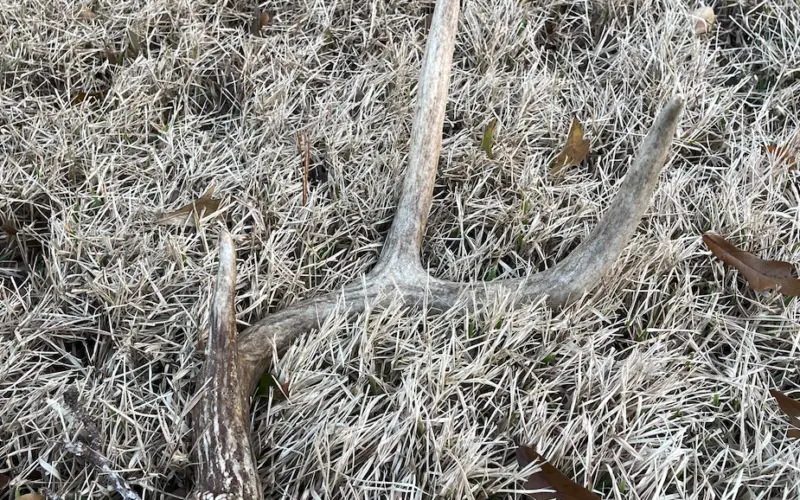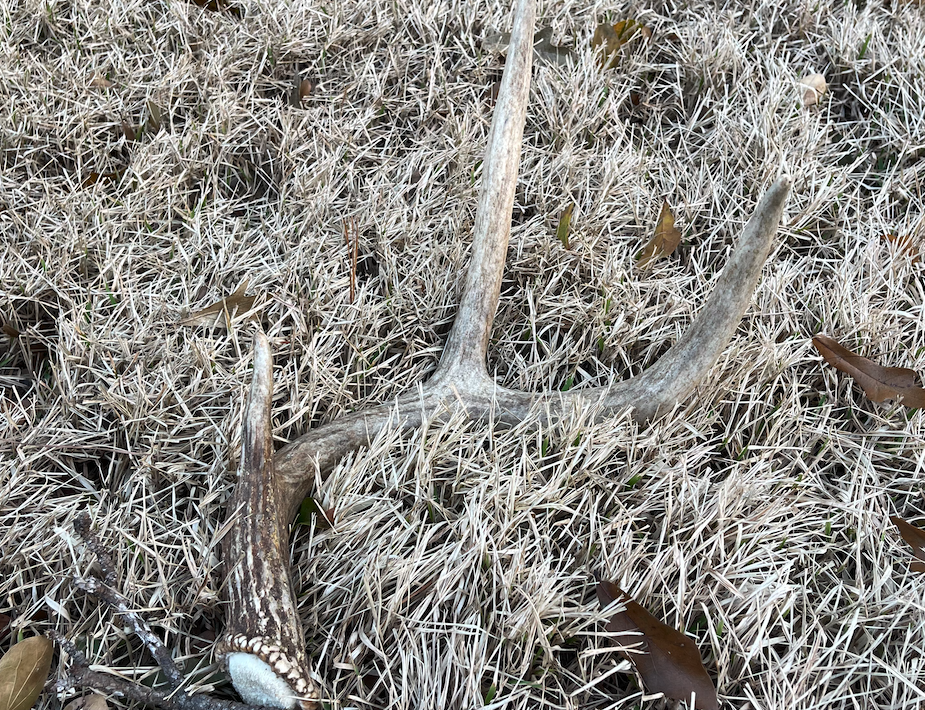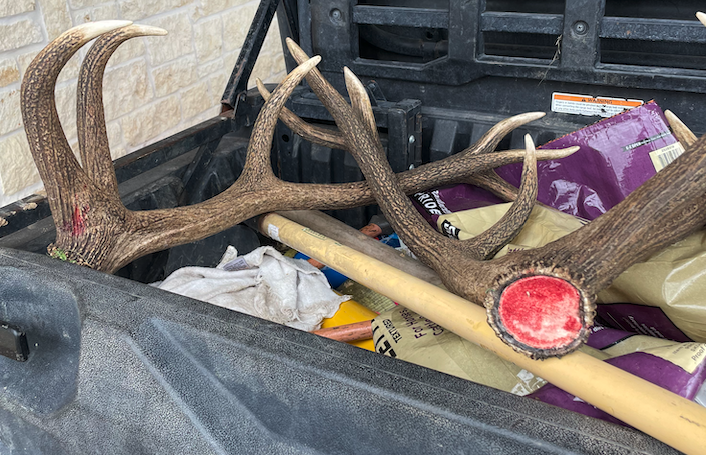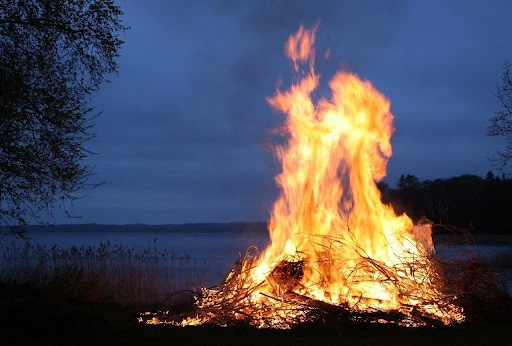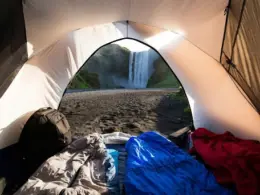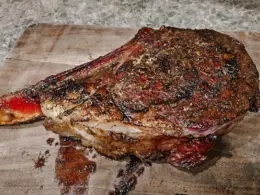Shed hunting, the exhilarating pursuit of naturally shed antlers from deer, elk, moose, and other cervids, has burgeoned into a popular outdoor activity embraced by enthusiasts, nature lovers, and wildlife observers alike.
This article comprehensively explores the key aspects of shed hunting, from the antler shedding cycle to ethical practices, legal considerations, and creative applications for the antlers discovered during these excursions.
Table of Contents
Antler Shedding Cycle:
The shedding of antlers is a natural and cyclical process that occurs among male deer, elk, and other cervids in preparation for the mating season. After the breeding season concludes, typically in late winter or early spring, hormonal changes prompt the antlers to weaken and eventually fall off.
Reasons for Shed Hunting:
1. Collecting and Crafts: Shed antlers are highly prized for their aesthetic appeal, often repurposed for various crafts or as decorative pieces.
2. Wildlife Observation: Shed hunting provides a unique opportunity for individuals to explore the outdoors, observe wildlife in their natural habitat, and deepen their understanding of animal behavior.
3. Habitat Assessment: Shed hunting serves as a valuable tool for wildlife enthusiasts and land managers to assess the health and population of deer and other cervids in specific areas.
Ethical Practices:
Shed hunters are encouraged to follow ethical practices to minimize disturbance to wildlife during this vulnerable time of the year. Responsible shed hunting emphasizes respect for private property rights, avoiding disturbance to wintering animals, and minimizing habitat impact.
Legal Considerations:
In certain areas, shed hunting may be regulated with specific seasons, limitations on collecting, and restrictions on public lands. Shed hunters must be aware of and comply with local laws and regulations to ensure responsible and legal participation.
Best Time and Places for Shed Hunting:
Shed hunting is most productive in late winter to early spring, coinciding with hormonal changes leading to antler shedding. Hunters focus their efforts in wintering areas, travel corridors, and habitat features such as food sources and bedding areas.
Who Can Shed Hunt:
Shed hunting is an inclusive activity open to various individuals, including outdoor enthusiasts, wildlife observers, hunters, photographers, nature educators, families, and conservationists. Responsible and ethical practices must be prioritized to minimize impact on wildlife and their habitats.
Benefits for Hunters:
Engaging in shed hunting offers hunters extended outdoor activity, scouting opportunities for future seasons, insights into wildlife populations, identification of mature bucks, and a fulfilling off-season hobby. Additionally, shed hunting fosters a deeper appreciation for conservation and habitat management.
Animals That Shed Antlers:
Several species, including white-tailed deer, mule deer, elk, moose, caribou, red deer, and sika deer, shed their antlers annually. Shed hunting primarily focuses on members of the Cervidae family.
What to Bring While Shed Hunting:
A well-prepared shed hunter should bring weather-appropriate clothing, sturdy footwear, a backpack, water and snacks, navigation tools, a first aid kit, sun protection, a multi-tool or knife, binoculars, a camera or smartphone, trash bags, hunting permit and ID, gloves, insect repellent, a compass, and an emergency whistle.
Creative Uses for Shed Antlers:
The antlers found during shed hunting can be repurposed for decorative displays, furniture accents, chandeliers, candle holders, coat racks, mirror frames, jewelry and crafts, knife handles, pet chews, garden décor, hat racks, bookends, wreaths, art, sculptures, and educational tools.
In Conclusion:
shed hunting, with its rich tapestry of experiences and opportunities, provides a gateway for individuals to connect with nature, observe wildlife behavior, and appreciate the intrinsic beauty of naturally shed antlers. As enthusiasts venture into the outdoors, they must embody a conservation-minded mindset, ensuring minimal impact on the animals and their habitats. So, gear up, embrace the thrill, and embark on a journey that not only enriches your life but also contributes to the preservation of our natural world.

